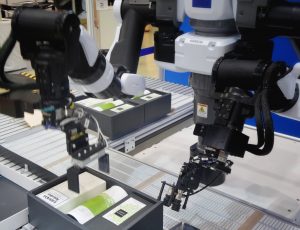
In an ever changing world, keeping up with trends is one sure way to succeed and compete actively, especially when it comes to business. As time goes, businesses will look for ways to make their processes better, and the manufacturing industry is not left out. Below are some of the leading trends in Manufacturing.
1. IoT is the Big Thing
Internet of Things (IoT) is becoming increasingly popular among manufacturers. Many Manufacturers are increasingly leveraging the Internet of Things (IoT), which entails the interconnection of unique devices within an existing Internet infrastructure, to achieve a variety of goals including cost reduction, increased efficiency, improved safety, meeting compliance requirements, and product innovation. IoT’s existence is primarily due to three factors: widely available Internet access, smaller sensors, and cloud computing.
2. Predictive Maintenance is keeping Production on track
A breakdown in critical equipment is costly to manufacturers both in terms of repairs as well as downtime and loss of productivity. A single hour of downtime could cost a company a lot of money. Ensuring that all equipment is functioning optimally therefore remains a key priority for manufacturers, many of whom are turning to predictive maintenance technology to do so.
3. Leveraging Supply Chain for Competitive Advantage
Remaining competitive means delivering more value to your customers than your competitors. While pricing is extremely important, shrewd manufacturers will continue to distance themselves from price wars by leveraging new technology that simplifies supply chain management, which in turn delivers many competitive benefits. The benefits of this includes being able to operate your business more efficiently, more visibility and control over inventory, reduction of operational costs, and improved customer satisfaction and retention.
4. 3D Printing is making Production faster and cheaper
Manufacturers will benefit from faster, less expensive production as a result of 3D printing. It makes rapid prototyping possible. This approach is a highly cost-effective way for product designers to test and troubleshoot their products. In addition, 3D printing enables manufacturers to produce items on demand instead of having to manufacture and store them.



